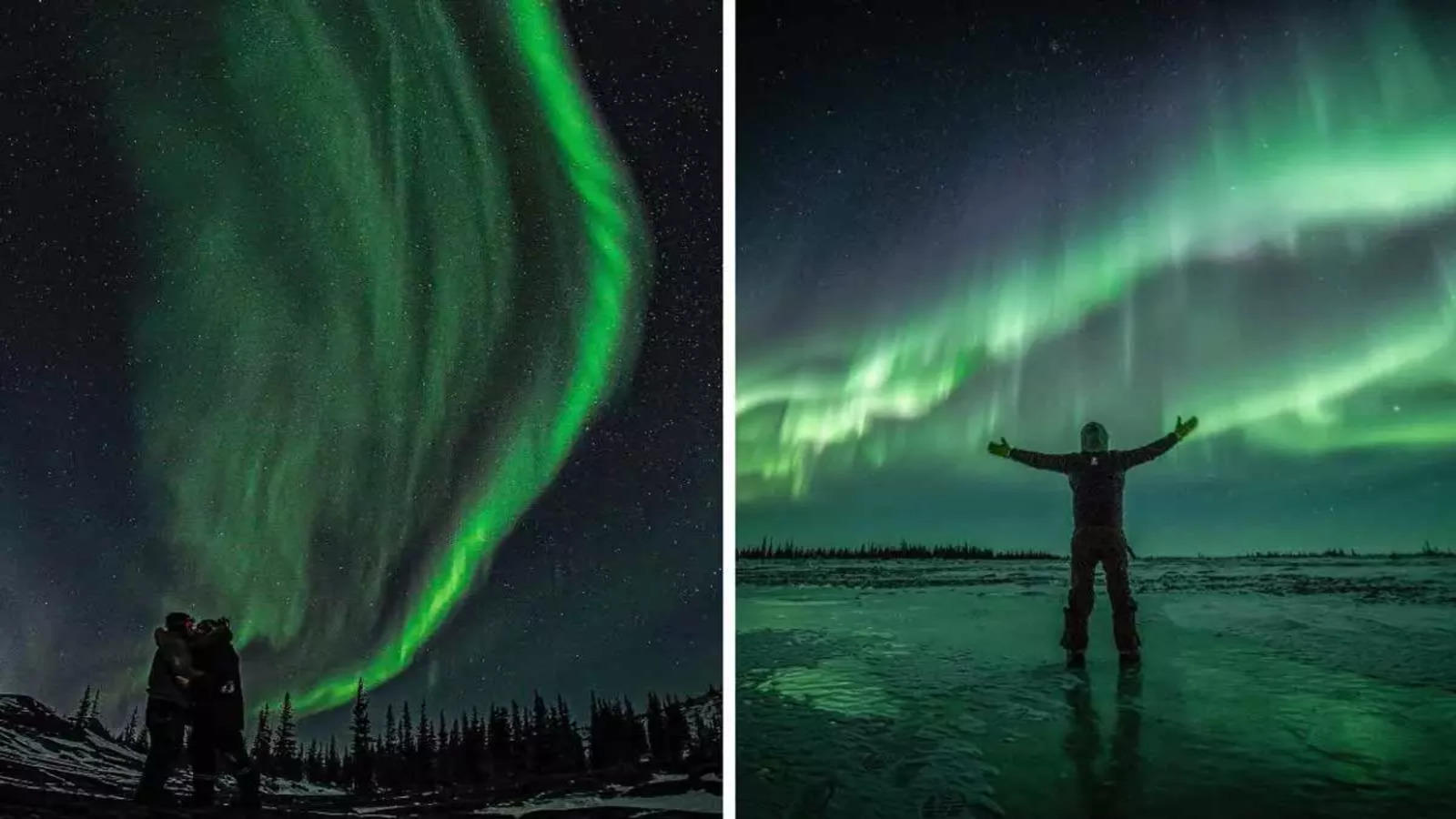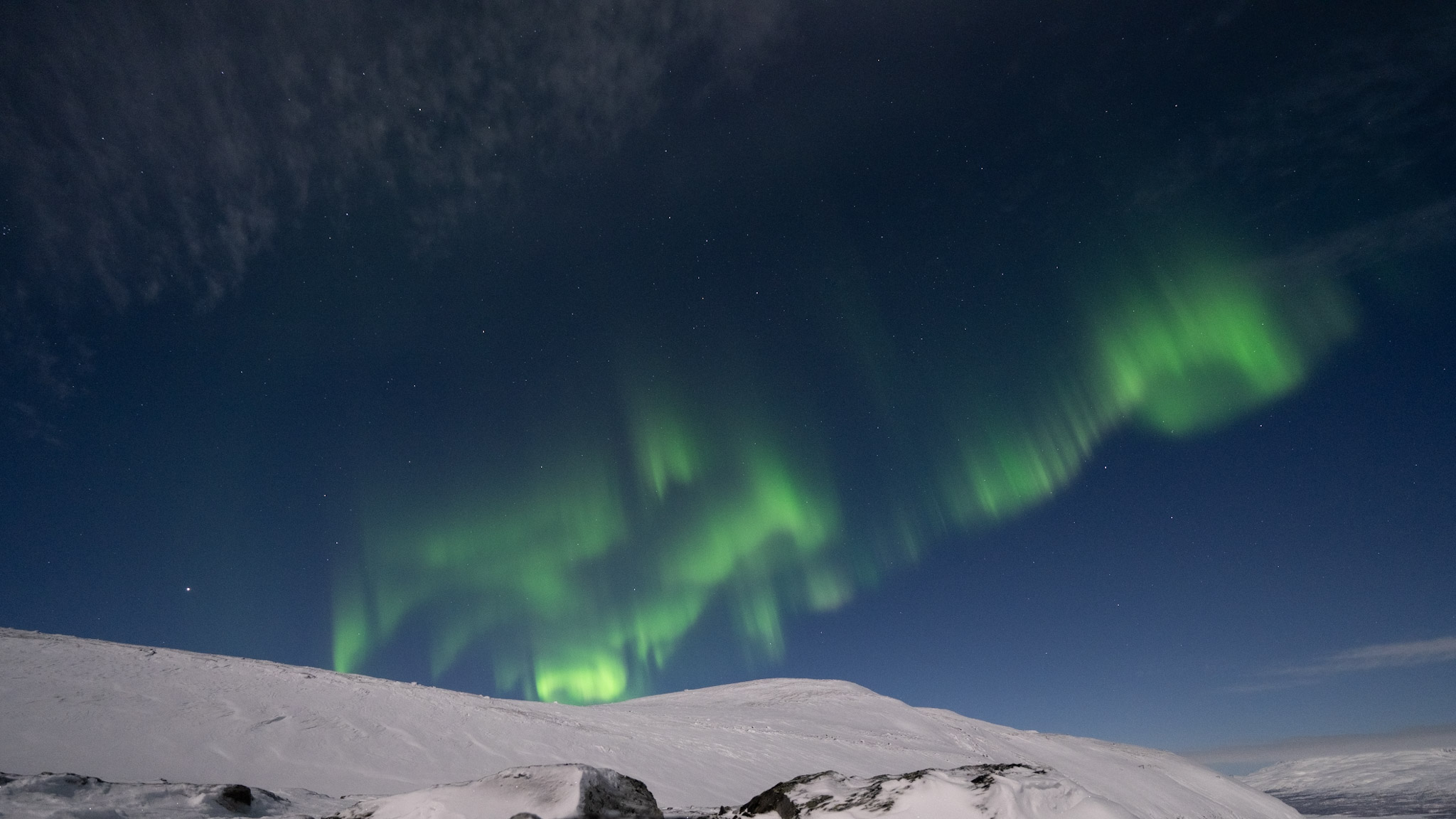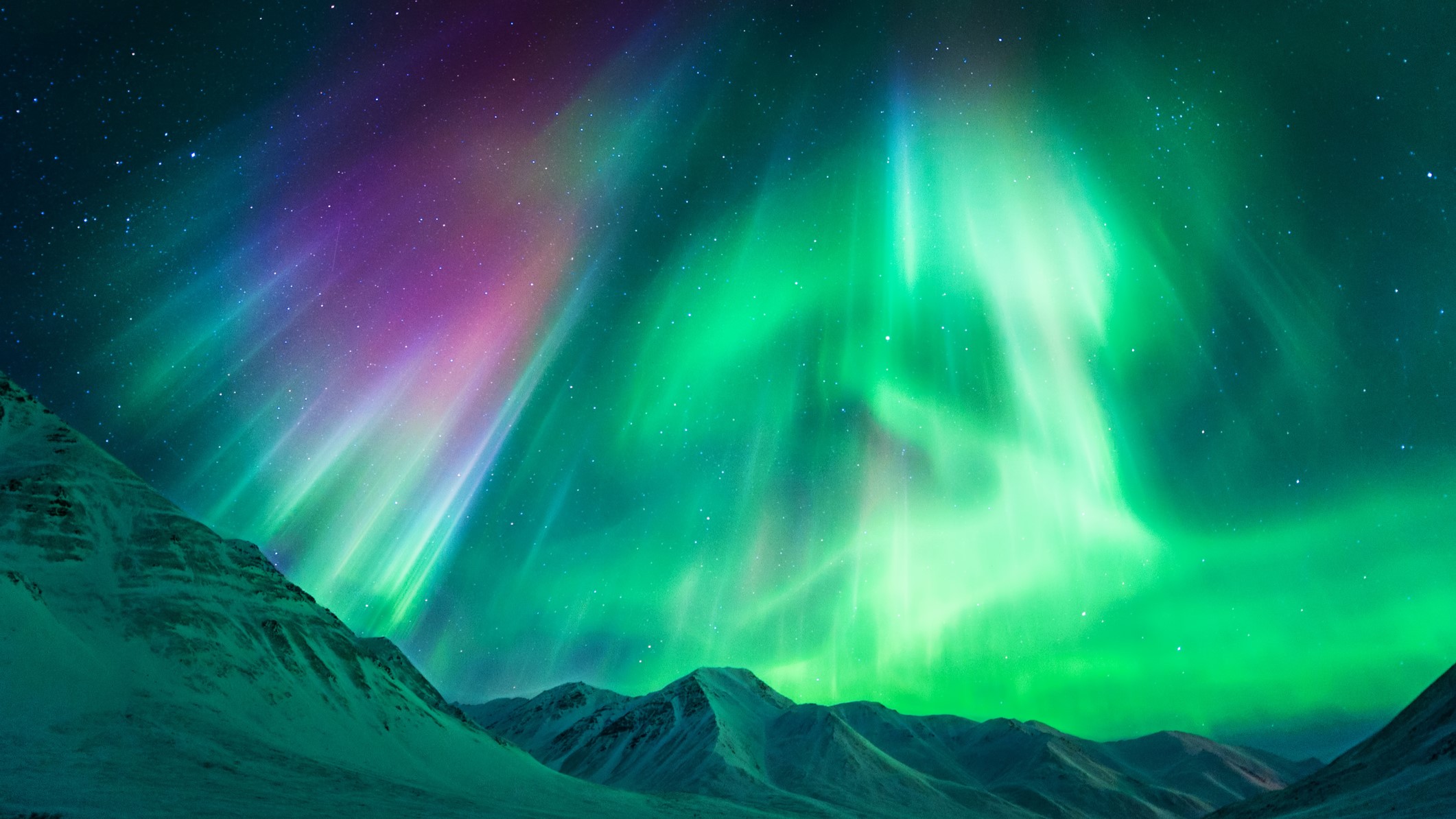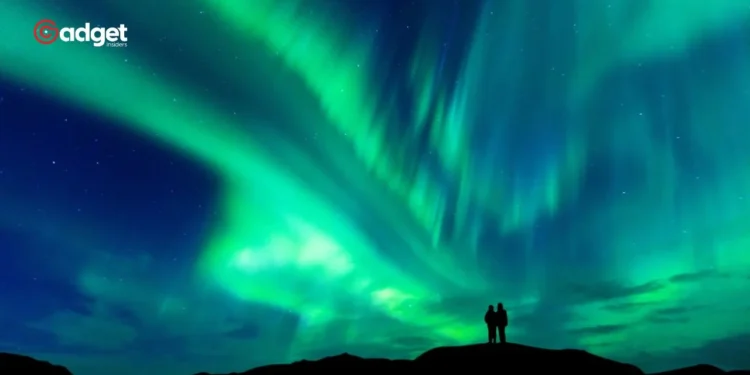Over the last few weeks, the skies above the United States have transformed into a stunning canvas of vibrant colors, thanks to a massive solar storm that sparked widespread sightings of the northern lights, or aurora borealis. From the farthest reaches of Florida to the northern tips of Montana and North Dakota, millions have witnessed this rare celestial phenomenon. The recent displays have not only dazzled spectators but have also caught the attention of experts and enthusiasts alike.
The Space Weather Prediction Center has been at the forefront, providing timely updates and predictions on the visibility of the aurora across various states. According to their recent forecasts, the northern lights were expected to be visible from Montana, North Dakota, Minnesota, and possibly parts of Idaho and Washington, signaling a robust ongoing solar cycle that may continue to surprise and delight stargazers.

The Global Dance of Lights
The aurora borealis has not confined its recent show to the U.S. alone; it has been a global spectacle visible across the U.K., Germany, Italy, and even northern India. This widespread visibility is unusual and speaks to the strength of the current solar activity.
“With reports of auroras visible to as low as 26 degrees magnetic latitude, this recent storm may compete with some of the lowest latitude aurora sightings on record over the past five centuries,” noted NASA in a recent update.

When to Catch the Next Aurora
While the show might be winding down for now, the Space Weather Prediction Center has good news for aurora chasers. The peak of the current solar cycle, expected between November 2024 and March 2026, could bring additional opportunities to witness the northern lights. July 2025 is marked as a likely period for one of these solar events, although exact timing remains uncertain due to the unpredictable nature of solar storms.
For those eager to plan their viewing adventures, Alaska and Maine are touted as the best U.S. states for observing the northern lights. In these regions, the aurora can be seen most clearly from mid-August to mid-April in Alaska and from October to April in Maine. The best viewing times are typically just after sunset or before sunrise, away from the light pollution of cities.
A Historical Perspective on Solar Storms
This year’s G5 classification storm, the first of its magnitude since 2003, has been a focus of intense study and awe.
“This was an unusual and potentially historic event,” said Clinton Wallace, Director of NOAA’s Space Weather Prediction Center.
The impact of such powerful geomagnetic storms extends beyond just beautiful sky displays; they can disrupt power grids and satellite operations, highlighting the importance of monitoring and understanding solar activity.
NASA’s ongoing research into these solar events promises to deepen our understanding and improve predictions.

“We’ll be studying this event for years,” stated Teresa Nieves-Chinchilla, acting director of NASA’s Moon to Mars Space Weather Analysis Office. “It will help us test the limits of our models and understanding of solar storms.”
As the solar cycle progresses, the anticipation for future aurora displays continues to grow. Whether you’re a seasoned astronomer or a casual observer, the northern lights offer a breathtaking glimpse into the dynamic forces of our solar system. So, keep your eyes on the skies and your cameras ready, as the dance of the aurora may soon light up the horizon once again.










